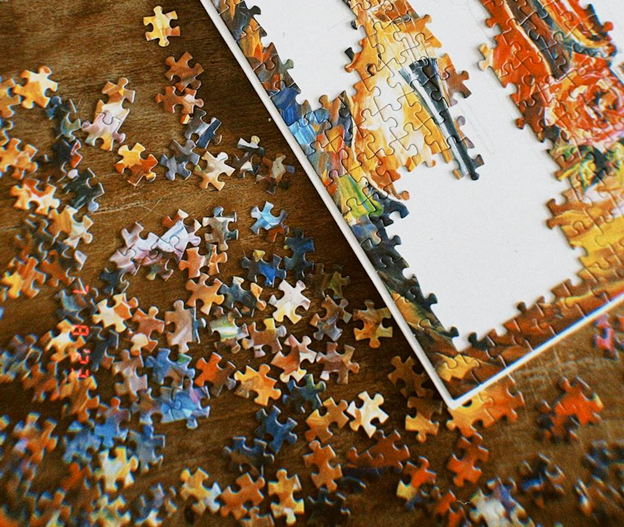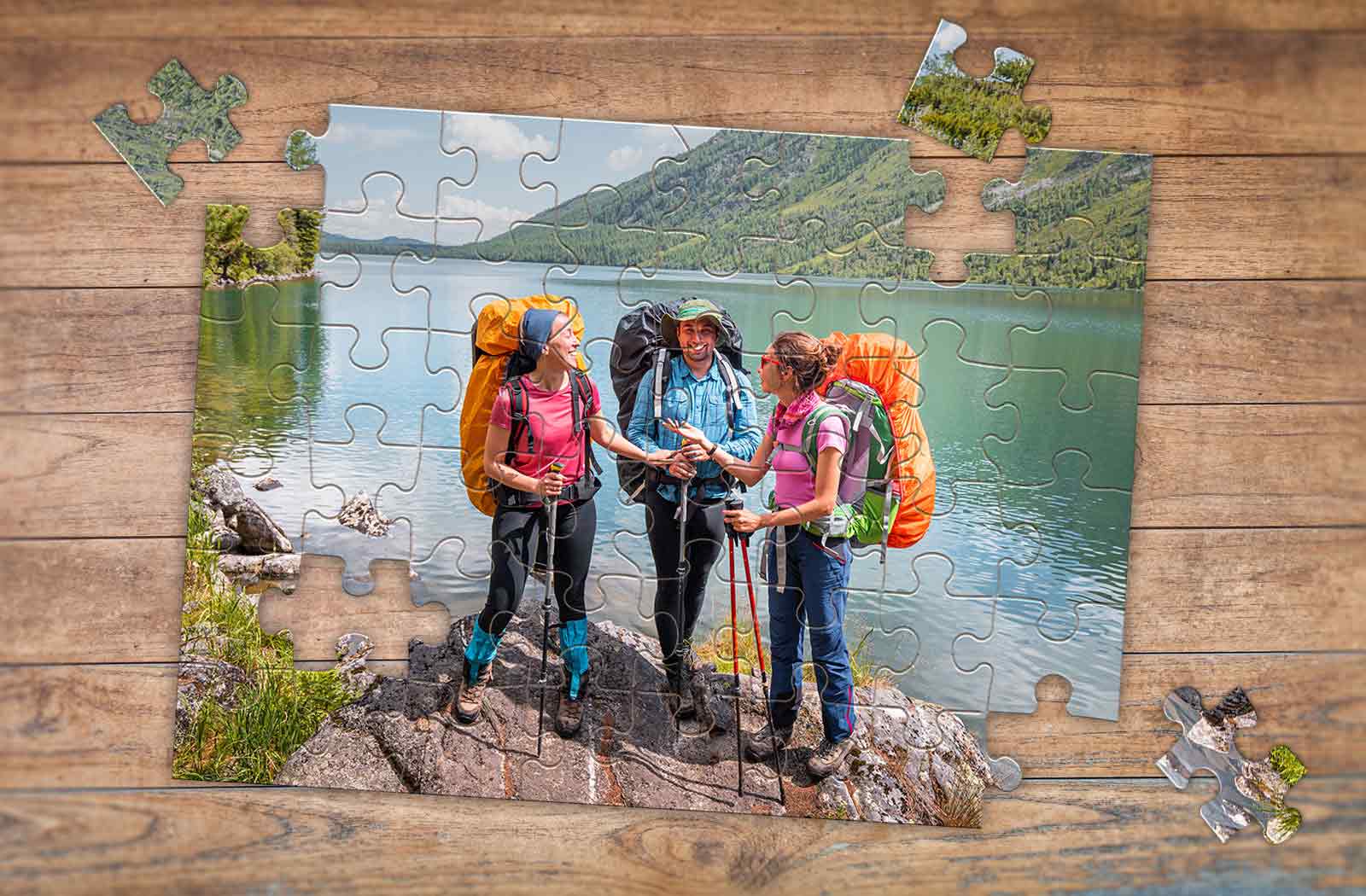Puzzles aren’t just a fun way to pass the time—they can be surprisingly powerful tools for improving memory, especially for seniors and young people. At a glance, they may look like simple games. But behind the scenes, photo puzzles are doing some heavy lifting: engaging the brain, reinforcing recall, and helping with cognitive health. Here's how—and why—they work.
For Seniors: Keeping the Mind Active
As people age, it’s common to experience some cognitive slowdown. It doesn’t necessarily mean dementia or Alzheimer's—it can just be a natural part of aging. But staying mentally active is one of the best ways to delay or minimize those effects, and photo puzzles can play a real role here.
When seniors work on puzzles, they activate multiple parts of the brain at once. They’re using visual-spatial reasoning to see where pieces go. They’re tapping into short-term memory to remember the look of a piece they saw a few minutes ago.
They’re even using logic and pattern recognition to figure out where sections might belong. All this brain activity helps strengthen neural connections and keeps cognitive function sharper over time.
Photo puzzles add another layer: personal relevance. A puzzle that features a family portrait, a childhood home, or a favorite vacation spot taps into emotional memory. That kind of connection can spark storytelling, recall of details, and even encourage conversations with others.
For seniors, especially those dealing with memory loss or isolation, this emotional engagement can be huge. It not only helps reinforce memories but also builds a bridge between past and present.
In cases of early dementia or Alzheimer's, therapists often use photo-based activities to ground patients. A photo puzzle made from meaningful images gives them a way to stay connected to who they are and the people they love. It can reduce anxiety and confusion because the images are familiar. That familiarity makes the activity less intimidating and more comforting.
For Young People: Building a Stronger Brain
Young people, especially kids and teens, are in a prime phase of cognitive development. Their brains are still wiring and rewiring themselves. Activities that challenge the brain—especially those that involve memory, focus, and spatial skills—can help build those neural pathways. Photo puzzles do exactly that.
When a child works on a puzzle, they’re learning how to look at a big picture and break it down into smaller parts. That helps with problem-solving. They also have to remember where certain pieces go or which section they were working on, which helps boost short-term and working memory. Over time, this strengthens their ability to focus, organize, and retain information.
Photo puzzles add motivation. A generic puzzle may hold a child’s attention for a little while. But a puzzle that shows their dog, their family, or their favorite cartoon background? That’s more exciting. They’re more likely to stick with it—and the longer they engage, the more brain benefits they get. Personal relevance boosts interest, and interest boosts learning.
Puzzles also encourage patience and concentration, skills that are especially valuable in a world full of digital distractions. Instead of rapid-fire scrolling, puzzles ask kids to slow down, observe, and think critically. That shift in pace is not only calming—it’s good for long-term mental discipline.
Shared Benefits and Intergenerational Use
One of the underrated strengths of photo puzzles is that they’re good for people of all ages—which means they’re perfect for shared use between seniors and younger family members.
Grandparents and grandkids can work on a photo puzzle together. While it strengthens the older adult’s memory, it also helps the child with pattern recognition and attention. But more than that, it opens space for conversation. The child might ask about the people in the photo. The senior might tell a story about when it was taken.
That interaction reinforces memory in both directions. The child is learning family history and practicing language and listening skills, while the senior is engaging memory and emotion in a meaningful way. It turns the puzzle into a tool not just for memory but for connection.
Mental Health and Emotional Anchoring
There’s also a mental health angle. For both seniors and young people, puzzles offer a sense of accomplishment. When someone completes a puzzle—especially one with emotional value—they feel satisfaction.
That small success matters, especially for people dealing with memory challenges or low self-esteem. It gives them control over something and a visible result for their effort.
The emotional tie-in of photo puzzles adds a grounding effect. For seniors, it can ease confusion or loneliness. For kids or teens, especially those dealing with anxiety or stress, having something familiar and meaningful to focus on can be calming.
MakeYourPuzzles Helps Mental Activity for All Generations
In both seniors and young people, memory improvement isn’t about doing something once. It’s about habits, repetition, and engagement. Photo puzzles offer all three. They activate the brain, bring up memories, and encourage focused attention—all while being personal, engaging, and even fun.
MakeYourPuzzles creates custom photo puzzles that go beyond the surface. It becomes a gentle but powerful workout for the brain—one that’s wrapped in nostalgia, connection, and creativity, and creates images that are worth more than a thousand words.





